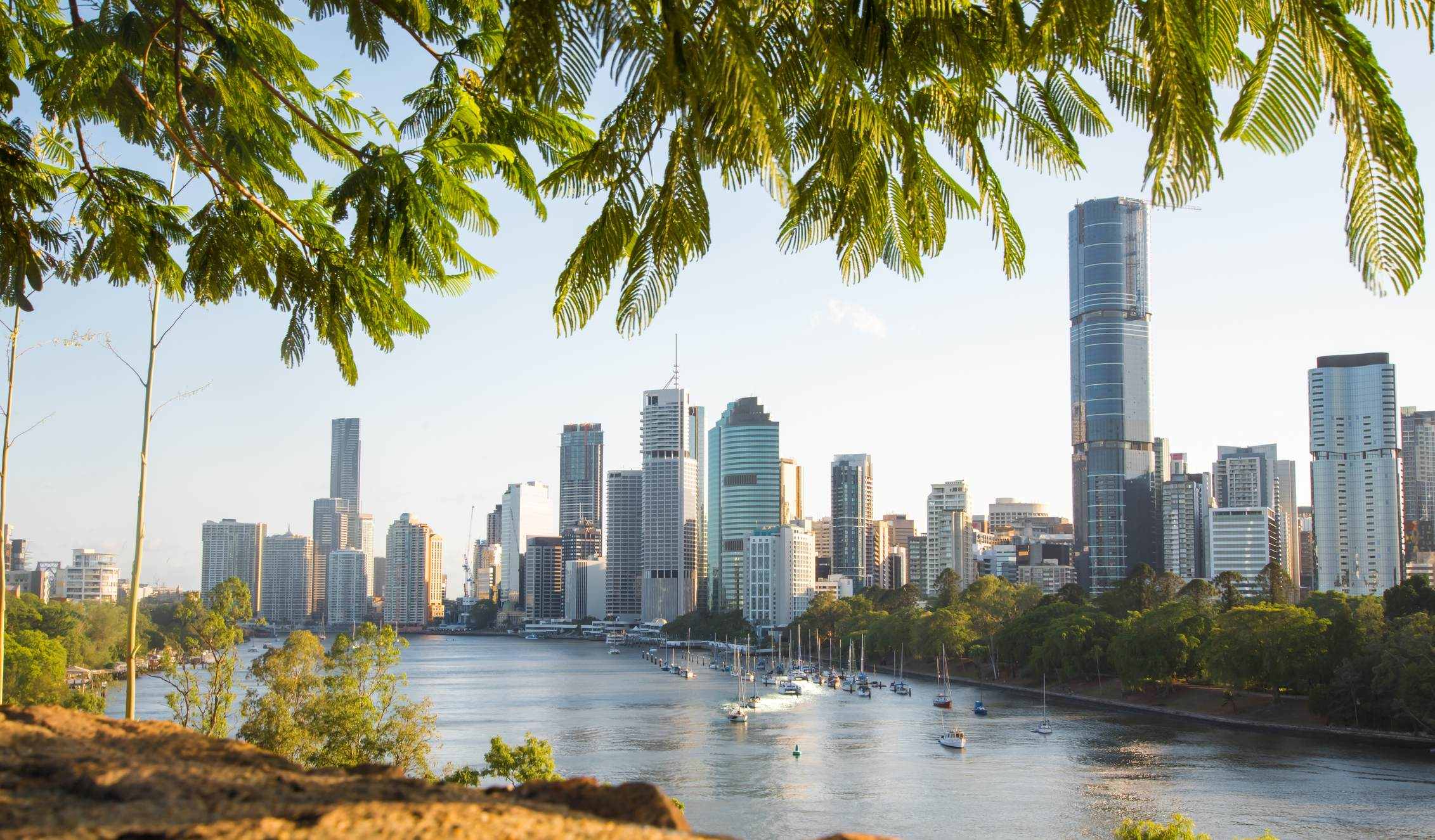Brisbane and QLD property market update - August 2020
How did property markets in Brisbane and regional Queensland perform over August?
Before we get into the data and details on the Sunshine State, let’s take a look at the bigger picture.
Overall August saw national property values fall -0.4% over August, though the rate of decline has eased over the past two months. The largest drop was recorded in Melbourne where values dropped -1.2% over the month, with most other capital cities holding steady or in positive growth. Despite the decline, property commentator and investor Michael Yardney points out that median property values are still higher today than they were a year ago across every capital city, except Perth.
This highlights the importance of being data driven in our analysis of property and its performance.
The importance of data
The first thing to bear in mind is that there is no single homogeneous Australian property market. So if the national indices are in the red on any one day, this does not mean your postcode is following this trend. Any large city or regional centre has many different markets based on location, price and property type that perform differently. This is why you need to get granular with property data - and look at figures that go right down to suburb, postcode and even street level.
You need to get granular with property data - and look at figures that go right down to suburb, postcode and even street level.
It is also worth pointing out that property is not a short-term investment. We recently identified suburbs with the highest price growth over the past 5 years, which illustrated this point very well. This highlighted significant price growth for:
- Houses in Carters Ridge (Sunshine Coast) which grew +82% over 5 years, for a median property price of $302k.
- Units in Noosa Heads posted growth of +102% over the same timeframe.
As you can see, looking at growth over the medium term sheds new light on the investment potential of an area.
Let’s now look at the Brisbane market and analyse what happened over the past month.
Here’s what’s happening in the Brisbane property market

| Median property value | Monthly change | |
| Houses | $557,969 | 0.0% |
| Units | $387,672 | -0.3% |
Over the month, the Brisbane market has declined a slight -0.1% to a median of $503,128.
Over the past three months, the market is down -0.9%, but over the year is still quite resilient posting +3.5% growth.
Houses held steady over August (0.0%) after dropping -0.3% over July. Though units continued to slide over the month (-0.3%), the rate of decline has slowed compared to July (-0.5%).
Mr Yardney believes that overall, the Queensland property market is relatively well placed in terms of fundamentals, barring the high exposure of parts of the state to the troubled international tourism sector.
“Compared to New South Wales and Victoria, Queensland is less exposed to foreign education in migration flows.”
“Brisbane’s housing market also had a more subdued run-in prior to the Covid-19 shock and have relatively high supply/demand balance.” he said.
Overall, Brisbane property prices have been relatively resilient slipping less than 1% since the start of the pandemic.
CEO of REIWA, Antonia Mercorella says that another factor that has helped to support prices is increased interstate demand.
“Prior to the outbreak of the COVID-19 pandemic, Queensland was the number one destination for interstate relocations - particularly from major metropolitan areas such as Sydney and Melbourne.
“As this pandemic continues to affect us all, it’s introduced many of us to the possibility of a “new normal” way of working - that is, remotely from home.
“We anticipate demand to surge in the coming year ahead as we navigate through the other side of this pandemic.” she said.
Here’s what’s happening in the regional Queensland property market

| Median property value | Monthly change | |
| Houses | $392,358 | +0.2% |
| Units | $359,808 | -0.8% |
Overall regional property has been less volatile in response to the impacts of the pandemic. This is true for the Sunshine state where regional property has only slipped -0.3% over the past quarter. It is also +4.6% for the year to date.
Why?
Regional markets offer some clear advantages to the bright lights of the big smoke, with affordability, cleaner air and lower population densities big lifestyle drawcards, especially in this age of social distancing. The trick is to find a regional centre with the same level of access to employment opportunities and essential services as a capital city. This is exactly why commutable regional centres within striking distance of big cities - like the Sunshine Coast, are currently proving popular with buyers.
Commutable regional centres within striking distance of big cities - like the Sunshine Coast, are currently proving popular with buyers.
In terms of specific areas reporting high annual growth, Domain’s House Price Report (June 2020) lists standout regional performers for the year to date which include Isaac (+32.5%) and Burdekin - just south of Townsville - which advanced +27.5% over the same timeframe.
Brisbane and Queensland rental market update
Rents in Brisbane have trended slightly lower since the end of March, down 0.1% for houses and 1.3% for units.
Drops in Brisbane rents have been significantly softer than those in the larger markets - asking rents for houses have declined -1.3% in Sydney and -1.0% in Melbourne. Units have been hit harder with rents down -4.2% and -4.4% respectively.
Rent.com.au’s time on market data indicates that units in Brisbane are leasing slightly faster (5%) in July compared to June, with houses renting faster (14%) over the same timeframe.
What does this mean for the property market and what can you expect in the future?
For Queensland the impacts of the pandemic - with borders closed and tourism operations shuttered are very real - what the Real Estate Institute of Queensland (REIQ) calls ‘business as unusual’. It is clear that this has caused a significant slowdown in sales activity and listings, though it has avoided the public health crises experienced in Victoria.
On the economic front, critical events to keep an eye on in the days, weeks and months ahead include:
- The end of the moratorium on rental evictions
- Reductions to government stimulus initiatives like JobKeeper and JobSeeker, even though stimulus payments have been extended into 2021
- The end of repayment holidays for lenders
- The Federal Budget on 6 October, which could provide an indication of any further stimulus for the housing market and broader economy
- State election on 31 October
And if you are thinking of selling, take the time to research your local market. The feedback we are getting from agents on the ground is that properties that are thoughtfully presented and priced realistically are selling! Property performance varies widely down to street level - so you could still get a good result while overall stock levels are still relatively low. You could also speak to an experienced local agent for an insider's view on current market conditions.








